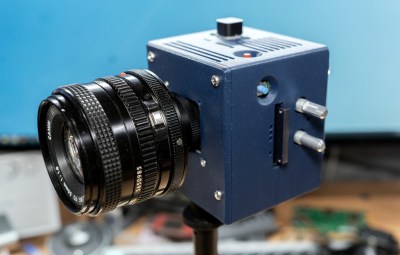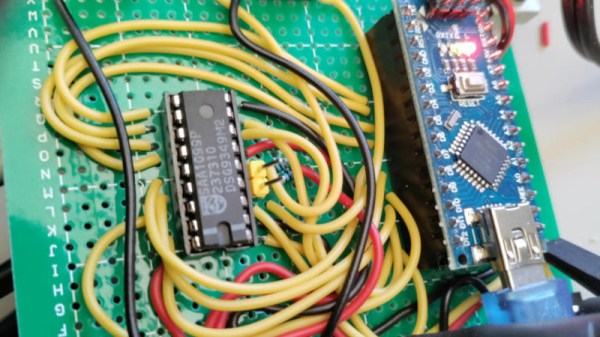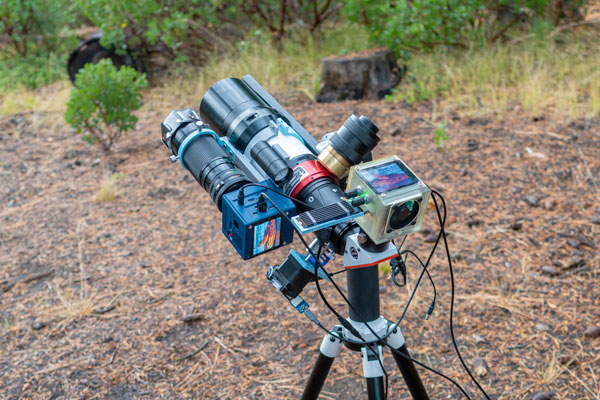Ever since an impromptu build completed during a two-week COVID-19 quarantine back in 2020, [Will Whang] has been steadily improving his Raspberry Pi solar photography setup. It integrates a lot of cool stuff: multiple sensors, high bandwidth storage, and some serious hardware. This is no junk drawer build either, the current version uses a $2000 USD solar telescope (an LS60M with 200mm lens) and a commercial AZ-GTi mount.
 He also moved up somewhat with the imaging devices from the Raspberry Pi camera module he started with to two imaging sensors of his own: the OneInchEye and the StarlightEye, both fully open source. These two sensors feed data into the Raspberry Pi 4 Compute Module, which dumps the raw images into storage.
He also moved up somewhat with the imaging devices from the Raspberry Pi camera module he started with to two imaging sensors of his own: the OneInchEye and the StarlightEye, both fully open source. These two sensors feed data into the Raspberry Pi 4 Compute Module, which dumps the raw images into storage.
Because solar imaging is all about capturing a larger number of images, and then processing and picking the sharpest ones, you need speed. Far more than writing to an SD Card. So, the solution [Will] came up with was to build a rather complex system that uses a CF Express to NVME adapter that can keep up, but can be quickly swapped out.
Unfortunately, all of this hard work proved to be in vain when the eclipse came, and it was cloudy in [Wills] area. But there is always another interesting solar event around the corner, and it isn’t going anywhere for a few million years. [Will] is already looking at how to upgrade the system again with the new possibilities the Raspberry Pi 5 offers.
Continue reading “Solar Camera Built From Raspberry Pi” →















